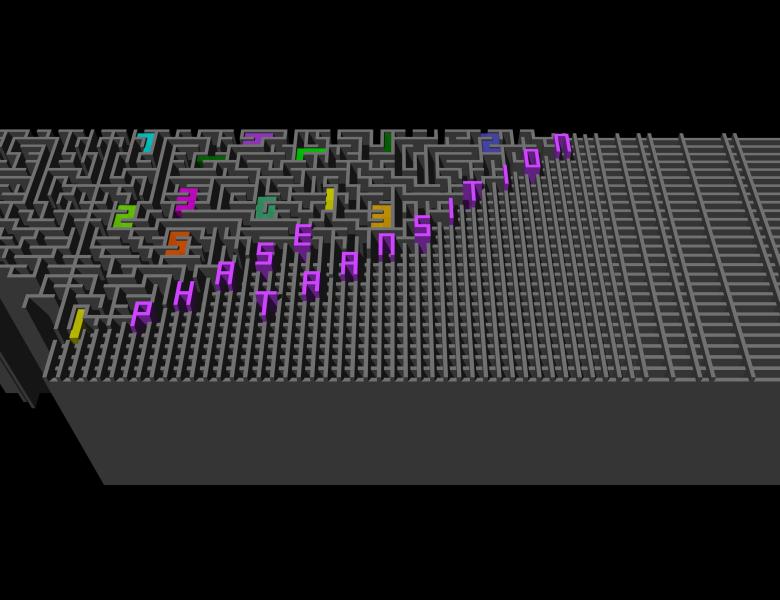Multi-diffusion limited aggregation model (MDLA) was introduced in physics literature in mid seventies as a model for dendrite growth. Its "simplification" - the Diffusion Limited Aggregation (DLA) of Witten and Sanders became a paradigm model in the field.
MDLA is a stochastic aggregation model on Z^d, d >= 1. Start with an infinite collection of particles located at vertices of the lattice, with at most one particle per vertex, initially distributed according to the product Bernoulli measure with parameter 0< p < 1. In addition, there is an aggregate, which initially consists of only one special particle, placed at the origin and called seed. The system evolves in continuos time. Non-aggregated particles move independently, as simple symmetric random walks obeying the exclusion rule, i.e. when one particle wants to jump on a vertex which already contains another non-aggregated particle, such jump is suppressed and particle waits for another attempt to jump. The seed-particle (aggregate) does not move. Whenever a non-aggregated particle attempts to jump on a vertex occupied by the aggregate, the jump of this particle is suppressed, the particle is declared to be part of the aggregate and stops moving forever.
Thus the aggregate grows by attaching particles to its surface whenever a particle attempts to jump on it. This evolution will be referred as multi-diffusion limited aggregation (MDLA).
The growth of the aggregate exhibits very rich behavior, in particular a transition from sub-linear to linear growth, depending on the initial density of the particles. I will present recent proof (jointly with A. Stauffer, Univ.of Bath) of the linear phase, and discuss various conjectures and open problems related to speeds and shapes of growth.
